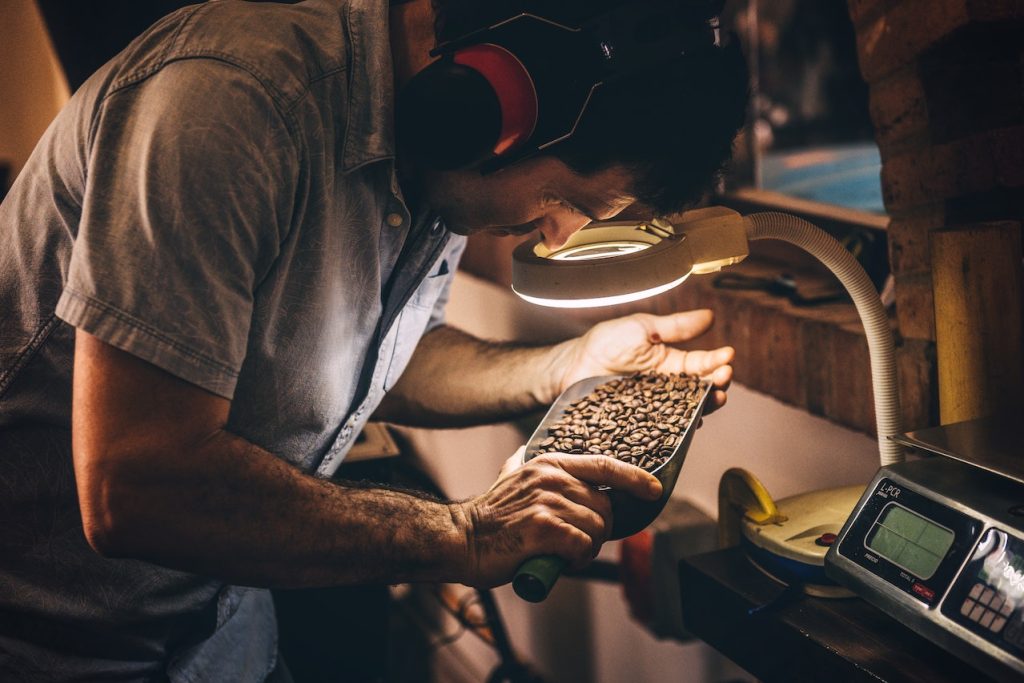If you’re an avid coffee drinker, chances are you’ve explored every coffee shop in town and have a few outlets that make the best coffee and sell your favorite coffee. And if you’re looking for a new flavor, why not try roasting coffee beans right at home? For such experiments, you will need green coffee beans.
Some farms specialize exclusively in the sale of unroasted coffee beans. This gives you the opportunity to enjoy a drink with a truly unique taste after roasting. You can look at beans from specific farms online and order El Salvador green coffee if you took a liking to it just from the taste description. As soon as the expected package arrives, you will need to set aside a little time for the first roast – once you understand the process, it will be easy for you to turn it into a habit.
 Necessary equipment
Necessary equipment
Ideally, a special coffee roaster serves as the optimal tool for the bean roasting process. However, if it is not in your arsenal, you can put green coffee in a popcorn machine or, in the spirit of time-tested traditions, in a conventional oven. Achieving the right temperature for efficient roasting – 400°F or 204°C – is key.
Also Read: 10 Accessories That Should Be Part of Your Daily Life
Roasting process
Keep in mind that coffee beans expand when roasted. Therefore, once your roaster reaches the optimum temperature, place green coffee beans in it, spreading them not too tightly, and watch the transformation. As the beans undergo metamorphosis during roasting, wisps of steam appear and their hue gradually changes. Be patient for at least 5-7 minutes. During this time, you will hear an initial pop, indicating that your beans have reached a light roast. Coffee brewed from these beans tends to be relatively mild. However, if your taste leans towards a richer drink, it is recommended to increase the roasting time. Over time, the beans become increasingly dark in color, giving the coffee taste an increased intensity.
Cooling and storage process
Once your beans have reached your desired roast level, it’s time to stop the roasting process, remove the beans from the roaster, and immediately begin the cooling phase. Spread the beans evenly on the baking sheet, then shake the baking sheet vigorously. You can also use a special cooling surface.
Once the beans have cooled, transfer them to a suitable storage container. Storage requirements are the same as for coffee in general: choose an airtight container that effectively protects against moisture, light, and heat.
Also Read: Modern Furniture Collections for Your Perfect Home
Preparing coffee
Resist the urge to immediately use freshly roasted beans for your favorite cup of coffee. It is recommended to leave a day or two to rest after roasting; this interval enhances the aromatic and flavor characteristics of the beans. Then proceed to coffee grinding and start making coffee via your preferred method and then enjoy your cup to the fullest.
It is important to keep a positive attitude even if the initial attempt at roasting doesn’t work. Like any creative endeavor, coffee roasting requires experimentation and research. As you travel this path in pursuit of the perfect roast, you may discover unexpected nuances and flavors. Immerse yourself in the spirit of exploration as you indulge in the pleasure of perfecting your personal coffee craft.